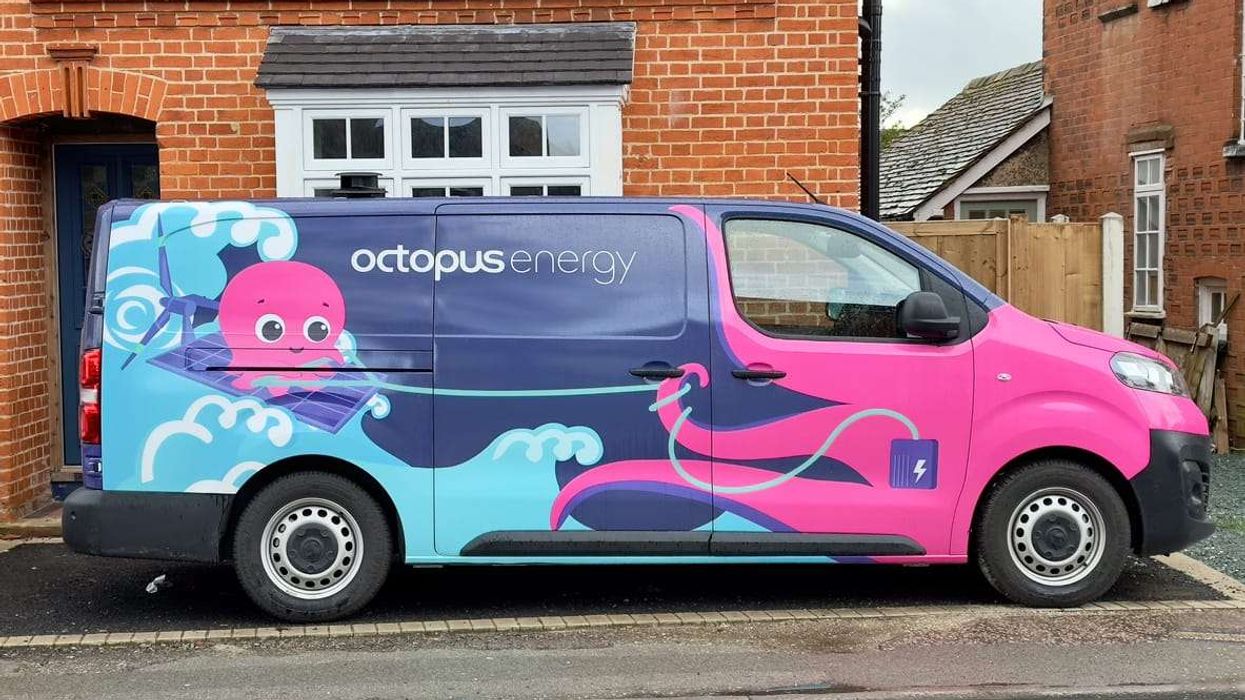KAREENA KAPOOR KHAN ON HOW SHE ADAPTED TO CHANGES IN THE FILM INDUSTRY
by MOHNISH SINGH
SHE may only be 39, but Kareena Kapoor Khan has been at the top for nearly 20 years and delivered notable work ever since her debut film Refugee, which released in 2000.
After a brief sabbatical, she returned to light up the silver screen with taboo-busting chick flick Veere Di Wedding (2018), which went on to become a commercially successful female-centric film.
The diva can be currently seen in rib-tickling comic-caper Good Newwz, which has scored big box office numbers. She stars alongside Akshay Kumar, Diljit Dosanjh and Kiara Advani in a film that has received unlimited love from critics and audiences alike. The in-demand A-list star has big upcoming projects, including Angrezi Medium, Laal Singh Chaddha and Takht.
Eastern Eye recently caught up with the beautiful and talented actress to talk about Good Newwz, her eagerly awaited historical drama Takht, finding a fine balance and her super hit radio show What Women Want. Kareena also talked about the kind of films she would like to do in future and how she adapted to changes in Bollywood.
How was it reuniting with Akshay Kumar in Good Newwz?
The phase that Akshay Kumar is going through now reminds me of Amitabh Bachchan. It’s his golden period, and I think there is nobody who deserves it more than him. The hardwork he puts into his work, the heart he puts into his characters and the way he has worked through all these years to reach this position is amazing. Of course, our relationship is 30 years long.
Bollywood is making a lot of historical films these days. Do you have any favourite figure from history you would like to portray on the big screen?
I am already working on a historical film (Takht). I will wait till that starts. It’s a huge historical film because it’s based on the Mughal empire with Dara Shikoh and Aurangzeb as the focal point. I am playing the character of Jahanara Begum. In the Mughal period, she was the most important woman in the court. All of Shah Jahan’s decisions in the court during his reign were made after consulting her. Hers is an important character in the film. Her journey has not yet started, but I am excited to play it.
How do you balance your work life and family life?
It is difficult, that is why I am particular about my timings. For this film [Takht] too, I made it clear about how many promotions I would do. Between 12pm and 4pm you can ask me whatever you want, but after 4pm I will leave to be with my child. The gist of all this is time management and being strict about it.
When actors do a slice-of-life or comedy films such as Good Newwz, people think they don’t need to prepare much for the role. What’s your take?
In fact, it takes more preparations. We only give credit for intense shots or where we put glycerine, but what Akshay Kumar does is the toughest thing to do. It’s very difficult to match that timing, to make that person laugh and to know if the gag is working or not. I feel that he should get more credit than he gets.
What is good news for you on a day-to-day basis?
I have always found good news in small things. My good news is that today I am eating halwa. It’s something to be happy about – that I could eat something I like. So, small things make me happy. I enjoy the time I spend with Taimur, including his meal times. I want to be there for his every meal, and I make sure that time is just about us.
How do you de-stress after a long day of work?
My de-stress time is when I can just switch off. I don’t go out. I don’t go to parties or any other social events. I do my work, come home and spend time with my family. When I am with my family, that is the time I am most de-stressed and relaxed.
What made you accept anchoring a radio show?
It is something that is just spectacular because it has never happened before that you had a radio show on what women want. And the way we broadcast different stories and the people who came to our show and talked so freely were amazing. It is inspiring and that is why it is such a big success, and we have gone into season two, and we will be doing a season three because the show is a huge hit. Women are coming and opening their hearts to us; they are sharing what their thoughts are on important topics. For example, Sharmilaji talked about what it is like being a mother-in-law and about motherhood; Sonali Bendre talked about self-love when you have gone through so much in life and Taapsee [Pannu] talked about women’s safety. These are the topics that needed to be addressed and that is why I love doing this show. I am very proud to be associated with it.
You have been in the film industry for two decades now. How have you adapted to all the changes it has gone through over the years?
I don’t know many female actors whose career ran through two decades. In India, it has not. In Hollywood, female actors have continued after marriage and children, and even when they grow older, they hold a certain position. This is something that has been a conscious decision. Reinventing yourself, having belief in yourself is what it is all about and this is what I am going to do. It is something I have kept in mind and I have the self-confidence for it.
What kind of films would you like to do in the future? Any particular genre?
I want to do a thriller. I have been telling everyone that I want to work in a thriller. After Talaash (2012), I never dabbled in the thriller genre. It has been quite some time. So, an interesting thriller is something I would like to pursue in the future.
In Good Newwz you play a character who gets pregnant. When you found out about your pregnancy whom did you tell first?
I shared the news with Saif first, and we were excited about it because we wanted to start a family. We made the decision to start a family together. I believe that a husband and wife should consciously have a discussion about starting a family and when they want to start it. They have to be on the same page. Obviously, it was great news. I was very happy when I knew I was pregnant. (Laughs) It was the best phase of my life because I could eat and do whatever I wanted.


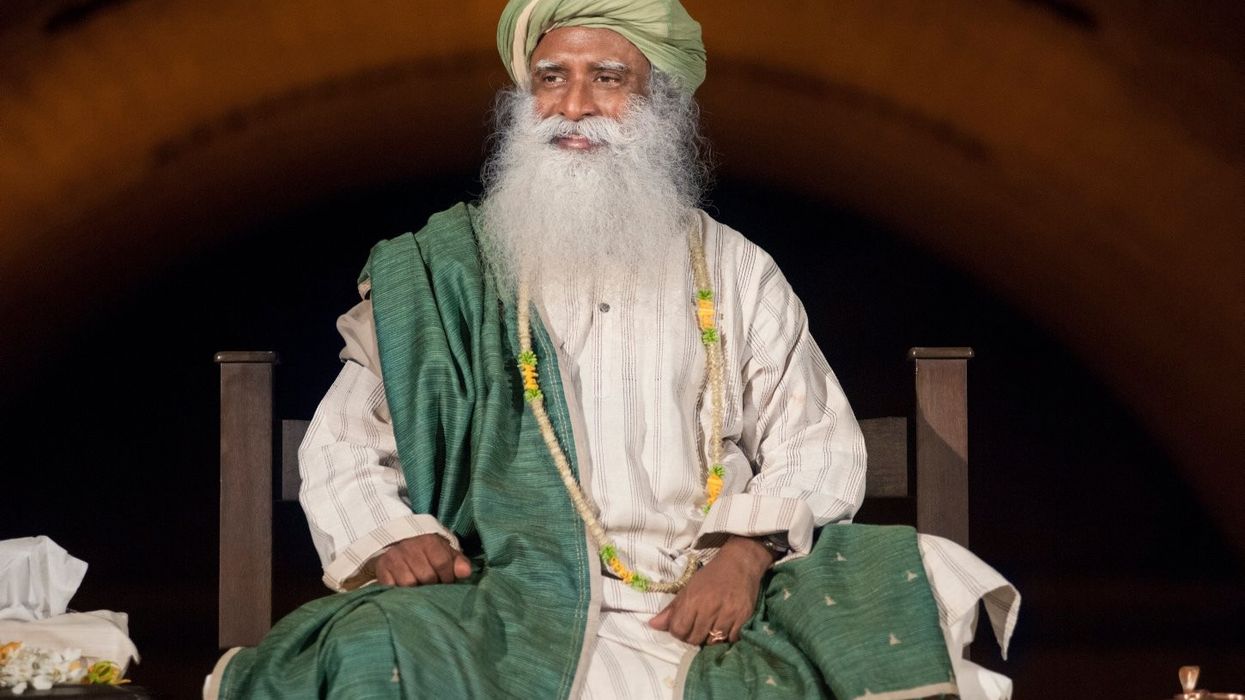

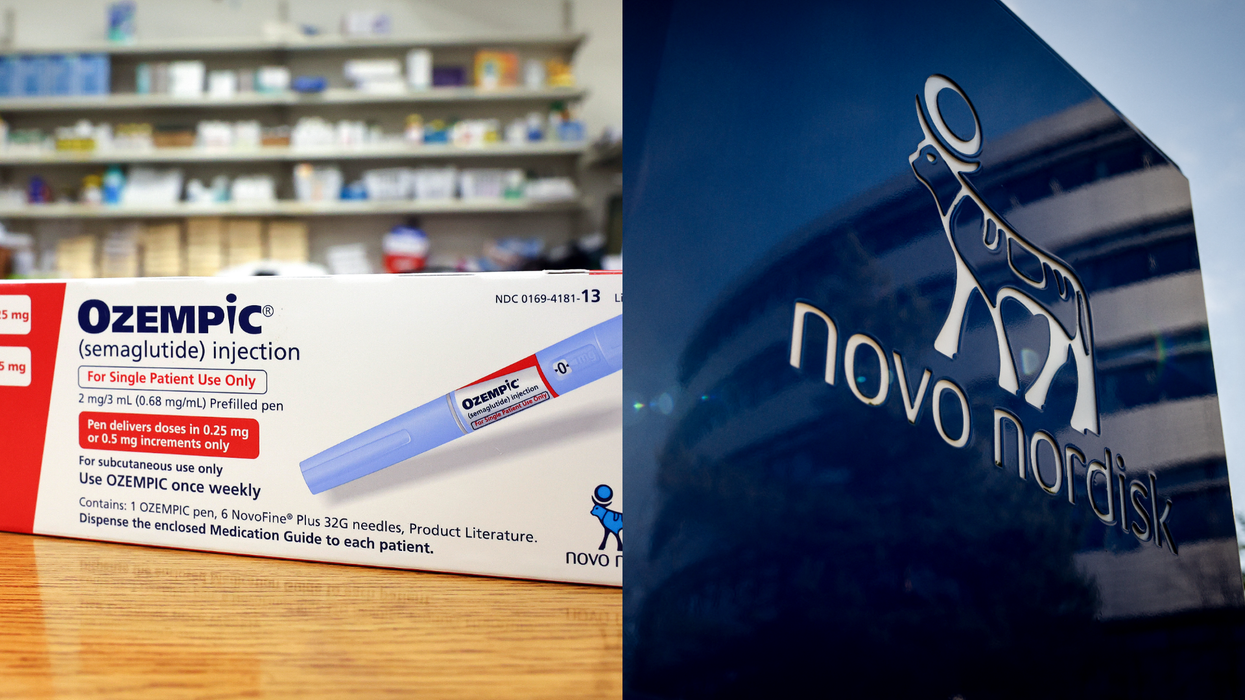
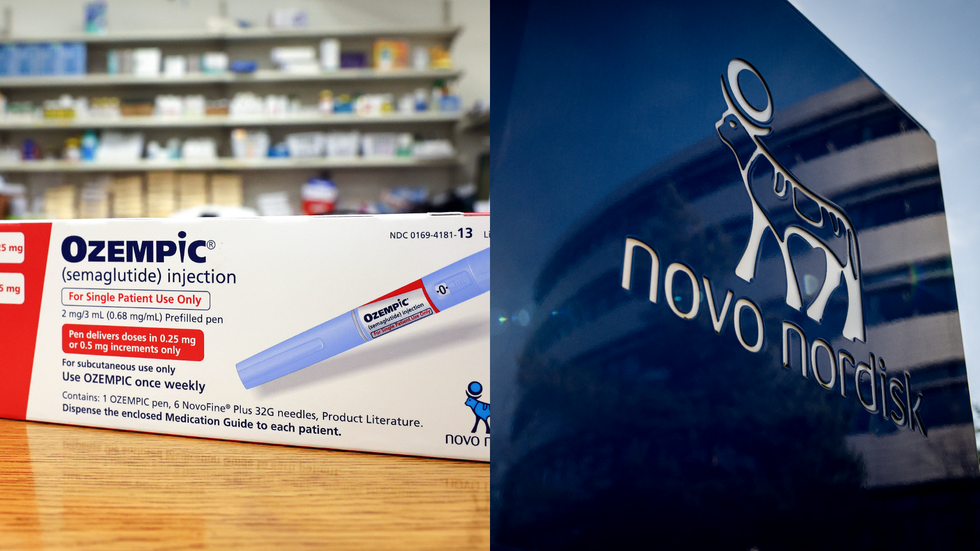 Novo Nordisk launches Ozempic in India as diabetes cases climb Getty Images
Novo Nordisk launches Ozempic in India as diabetes cases climb Getty Images 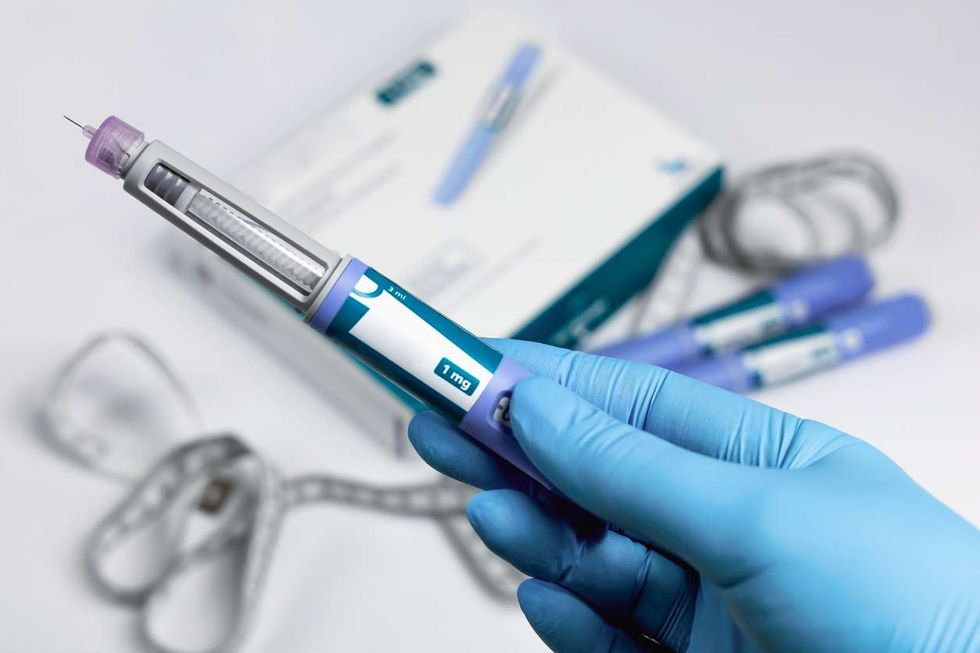 Ozempic weekly pens now available in India for type 2 diabetesiStock
Ozempic weekly pens now available in India for type 2 diabetesiStock 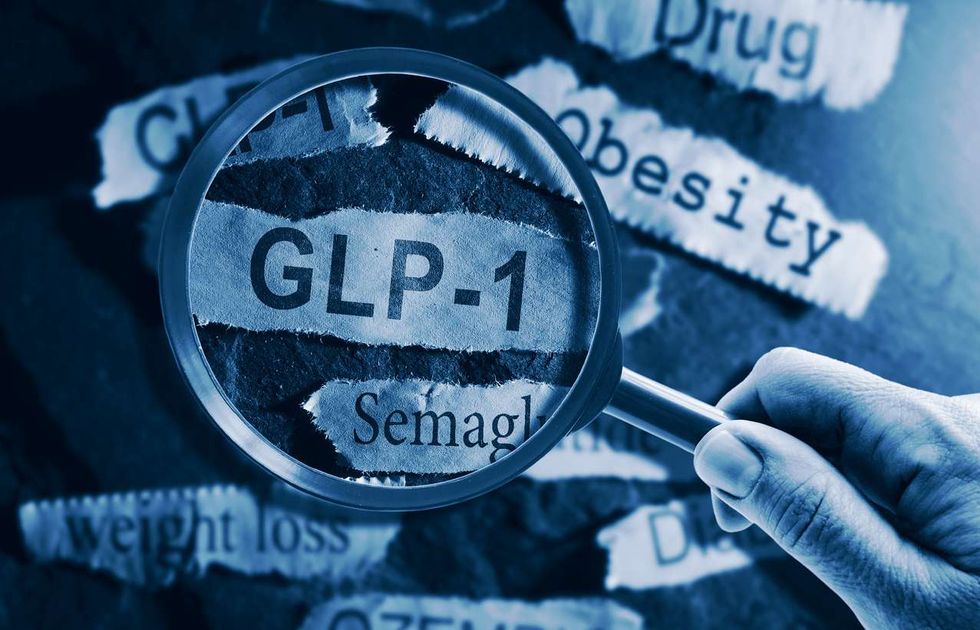 India gets Ozempic as obesity and diabetes numbers riseiStock
India gets Ozempic as obesity and diabetes numbers riseiStock 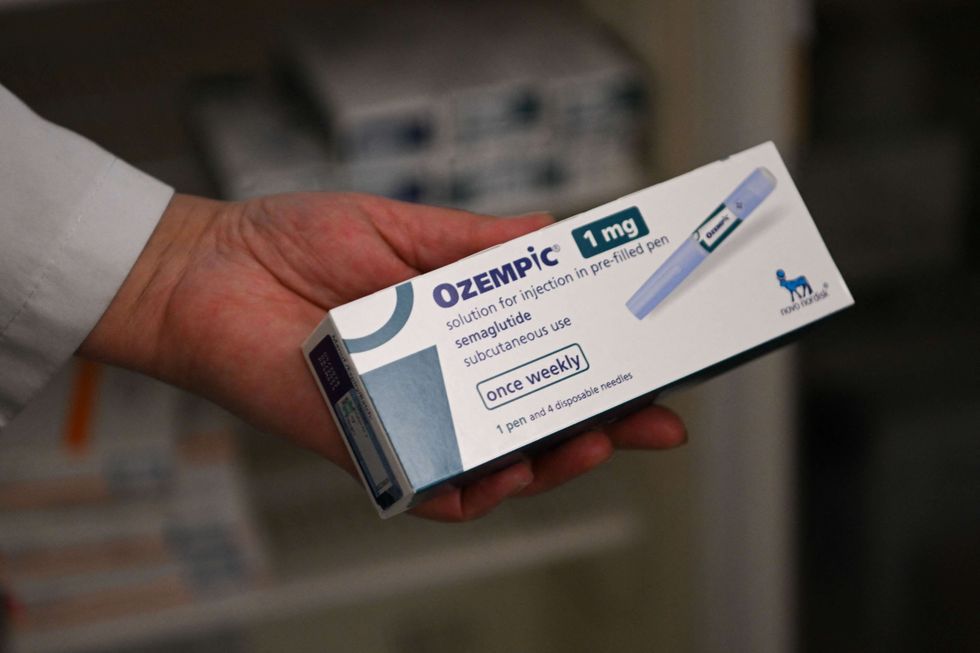 Doctors say Ozempic helps blood sugar and weight management in adultsiStock
Doctors say Ozempic helps blood sugar and weight management in adultsiStock




